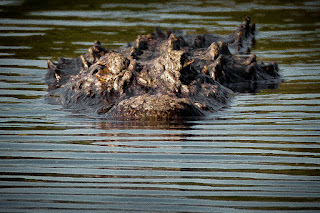Spring is an exciting time of year for birds…the breeding season.
There are excitable
boys all over Wisconsin right now, sporting their brightest feather coats
of the year. The Ruby-crowned
Kinglet has to be one of the most excited. His head looks to be on fire.
Fast, tiny and extremely restless, the Ruby-crowned Kinglet
flits through the branches in search of miniscule flying insects and aphids. You
can’t see what he’s catching…assume something, though, for the vast amount of
energy he’s expending. His landing points are best described as launching
platforms to someplace else.
I spent an hour sitting on the rocks of a tiny tributary to Trinity
Creek with my neighbor Ralph Nowicki…cameras ready. We stared into the thicket as a half dozen male and female
Ruby-crowned Kinglets zigzagged before us. The activity was furious…the pictures few.
In spring the competition for mates is on. Ruby-crowned
Kinglets choose a different partner each year. For the male the process involves flashing his ruby crown
to impress a female and intimidate a rival. The display is quick and
effective. Males face off to
display to one other for the briefest of moments, followed by a short chase. They’ll repeat this display/chase
routine in a different location of the same thicket again later. One eventually
wins, I assume.
Following a Ruby-crowned Kinglet through the thicket is an
exercise in frustration. Expecting
him to sit still for a picture only compounds your exasperation. Picture a hummingbird with way too much
caffeine and you’ll understand its fidgetiness.
He flashes his ruby crown only when he wants to be seen. With his crown hidden, he blends nicely
into the background. Olive-green
overall with only a short white wing bar for accent, hiding is no problem for
the Ruby-crowned Kinglet.
For such a tiny bird he has an unusually robust range of
songs. Chattering and chipping in
the thicket you might guess he wants to be found…more likely he wants to play a
game with you…a game requiring incredible patience on your part.
Allan











































